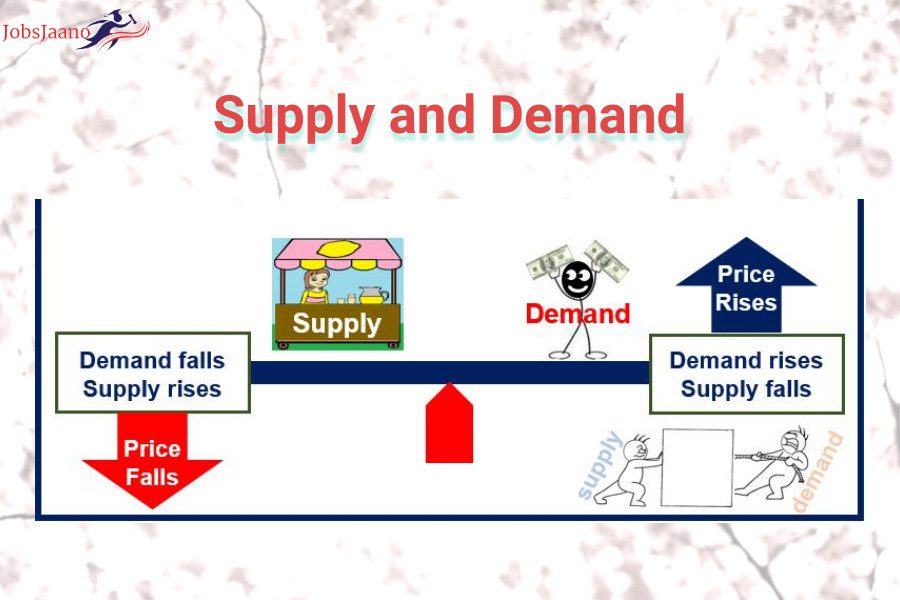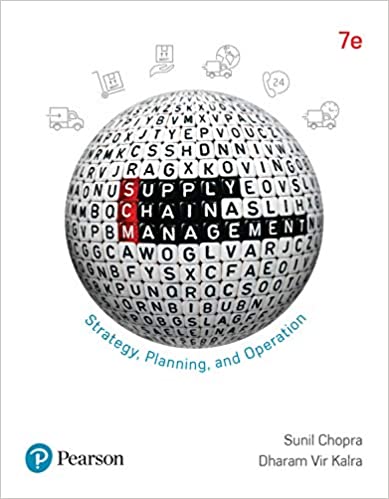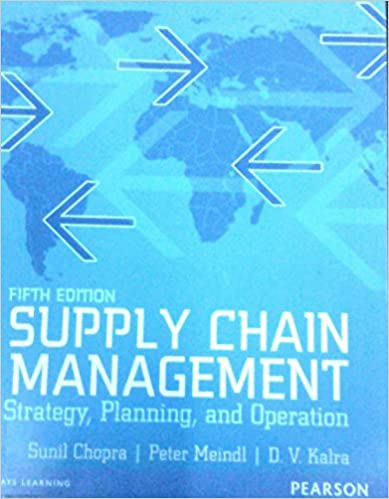Multiple choice questions of Subject Commerce MCQs Topic E Commerce Multiple Choice Questions and Answers pdf: Demand and Supply ( MCQ on Demand and Supply with Answers PDF Quiz ) for Entrances (Entrance Exam) Conducted by different Central and State Universities are given below.
NOTE: Be carefully during selecting Answers because we shuffle the answer options for more concentration so, Be Active. All the Best
MCQ on Demand and Supply with Answers PDF
1. What does ‘elasticity of supply’ measure?
(a) The change in quantity supplied divided by the price
(b) The responsiveness of quantity supplied to a change in price
(c) The responsiveness of quantity supply to a change in demand
(d) The responoiveness of price to a change in the quantity supplied
Ans. b
2. If a 5% fall in the price of a commodity causes quanitity supplied to decrease by 8%, then supply is
(a) elastic
(b) inelastic
(c) unit elastic
(d) perfectly inelastic
Ans. a
3. The market period supply curve for perishable commodities is
(a) relatively inelastic
(c) relatively elastic
(b) perfectly inelastic
(d) perfectly elastic
Ans. b
4. If a 5% increase in the price of one good results in a decrease of 2% in the quantity supplied of another good, then it can be concluded that the two goods are
(a) complements
(b) substitutes
(c) independent
(d) normal
Ans. b
5. The supply of a particular product will be more inelastic
(a) the longer it takes to produce the good
(b) the longer the good can be stored
(c) the greater the number of firms in the industry
(d) the greater the amount of spare capacity in the industry
Ans. a
MCQ on Demand and Supply with Answers
6. The elasticity of supply of a commodity measures the with which
(a) its productioni can be expanded in response to a change
(b) additianal units of a fixed factor used in its production can be obtained
(c) units of a variable factor can be substituted for units of a fixed factor used in its production
(d) additional units of a factor used in its production can be purchased at going rates
Ans. a
7. The chief determinant of price elasticity of supply of product is
(a) the number of good substitutes the product has
(b) the length of time sellers have to adjust to a change in price
(c) whether the product is a luxury or necessity
(d) whether the product is a durable or a non-durable good
Ans. b
8. If supply is inelastic and demand decreases, the total revenue of sellers will
(a) increase
(b) decrease
(c) decrease only if demand is elastic
(d) increase only if demand is inelastic
Ans. c
9. Which one of the following is likely to lead directly shift in the supply curve for dresses?
(a) An increase in the income of consumers
(b) A reduction in a tariff on imported cotton used in dress manufacture
(c) A successful advertising campaign by an association of dress manufacturers
(d) An increase in the prices of skirts and blouses
Ans. b
For More MCQs Please Join and Login for Membership
B2B commerce means mcq | Suppy MCQs
20. On a diagram, other things remaining the same, a fall n the price of a commodity will normally shift
(a) the demand curve for the commodity to the righnt
(b) the demand curve for a substitute to the rignt
(c) the supply curve for the commodity to the left
(d) the supply curve for a jointly produced commodity to the left
Ans. d
21. Which of the following will not cause a shift in the market supply curve of a commodity?
(a) A rise in the price of the commodity
(b) A rise in the price of a factor input
(c) A change in technology
(d) The introduction of a specific tax on the commodity
Ans. a
22. Price elasticity of supply for a commodity is a measure of the
(a) responsiveness of quantity supplied to a change in price
(b) responsiveness of price to a change in quantity supplied
(c) responsiveness of price to a change in quanitity dernanded
(d) responsiveness of quantity demanded to a charige in price
Ans. a
23. Which of the following would not lead to a decrease in the supply of a product that can be stored?
(a) An increase in the demand for a joint product
(b) A rise in the price of another input
(c) A decrease in the number of firms supplying the product
(d) An expected rise in the price of the product
Ans. b
24. If the elasticity of supply is two, this means that if
(a) the price rises by one rupee, the quantity supplied will rise by two rupees
(b) the price falls by one rupee, quantity supplied will fall by seednu om
(c) the price rises by 1%, the quantity supplied will rise by 2%
(d) the price rises by 2%, the quantity supplied will fal by 2%
Ans. c
25. Change in quantity supplied of a product can result from
(a) changes
(b) changes in cost of production
(c) changes in technology
(d) changes in price of related products own price
Ans. a
26. If a positively sloped linear supply curve crosses the quantity axis, the elasticity of supply is
(a) inelastic
(b) elastic
(c) unitary elastic
(d) pertectly elastic
Ans. a
27. Suppose that there is an increase in input prices. We should expect
(a) supply to increase
(b) supply to decrease
(C) supply could increase or decrease
(d) supply to remain unchanged
Ans. b
28. The horizontal supply curve parallel to quantity axis represents
(a) elastic supply
(b) inelastic supply
(c) perfectly elastic supply
(d) perfectly inelastic
Ans. c
29. If a positively sloped linear supply curve passes through the origin, the elasticity of supply is
(b) elastic
(d) perfectiy elastic
(a) inelastic
(c) unitary elastic
Ans. c
E Commerce mcq | MCQ on Demand and Supply with Answers PDF
30. If it is observed that in a particular market, price has risen and quantity exchanged has increased, it is likely that
(a) supply has increased
(b) supply has decreased
(c) demand has increased
(d) demand has decreased
Ans. a
31. The supply curve is upward sloping because
(a) as the price increases, so do costs
(b) as the price increases, consumers demand less
(c) as the price increases, suppliers can earn higher levels profits or justify higher marginal costs to produce more
(d) None of the above
Ans. c
32. Other things equal, when the price of a good rises, the quantity supplied of the good also rises. This is
(a) the law of increasing costs
(b) the law of diminishing returns
(c) the law of supply
(d) the law.of demand
Ans. c
33. The supply function of a commodity x is given by Qs = 20 +3Px. What will be the supply, if price commodity x is rs. 5?
(a) 32
(b) 35
(c) 29
(d) 26
Ans. b
34. If price of a commodity falls from rs. 60 per unit to rs. 58 per unit, its supply falls from 400 units to 300 units. Find out its elasticity of supply.
(a) 1
(b) 3.5
(c) 7.5
(d) 2
Ans. c
35. The supply for a good is 50 units at the price of 10. When price rises by 5, supply also rises by 50 units. Calculate price elasticity of supply.
(a) 2
(c) 3
(b) 1
(d) 1.5
Ans. a
36. When price of a commodity becomes twice the original price, the quantity supplied increased by an amount equal to 4 times of original quantity supplied. Calculate the coefficient of price elasticity of supply.
(a) 2
(b) 1.5
(d) 4
(c) 3
Ans. d
37. The coefficient of elasticity of supply of a commodity is 2. A seller supplies 20 units of this commodity at a price of rs 10 per unit. Calculate the quantity supplied when price rises by rs 2.
(a) 28 units
(c) 30 units
(b) 24 units
(d) 32 units
Ans. a
38. Quantity supplied of a commodity increases by 25% when price rises from74 per unit to rs 5 per unit. Calculate elasticity supply.
(a) 1 ()
(b) 2
(c) 1.5
(d) None of these
Ans. a
39. The price elasticity of supply of good X is half the price elasticity of supply of good Y. A 10% rise in the price of good Y results in rise in its supply from 400 units to 520 units. Calculate the percentage change in quantity supplied of good X when its price falls from rs 10 to rs 8 per unit.
(a) 10%
(b) 20%
(d) 40%
(c) 30%
Ans. c
40. The price elasticities of supply of commodities X and Y equal. The price of X falls from rs 10 to rs. 8 per unit and quantity supplied falls by 16%. The price of Y rises by 10%. Calculate the percentage increase in its supply.
(a) 0.8
(c) 1.2
(b) 1
(d) 0.6
Ans. a
e commerce does not include mcq | ugc net commerce mcq with answers | ugc net commerce mcq pdf
41. A producer received rs. 6,000 when the price of a commodity was rs. 60 per unit. The receipts increased to rs. 8,400 when price increased by rs.10. Calculate the elasticity of supply.
(a) 0.8
(c) 1.2
(b) 1
(d) 0.6
Ans. c
42. At a price of rs. 5 per unit of commodity A, total revenue is rs. 800. When its price rises by 20%, total revenue increases by rs. 400. Calculate its price elasticity of supply.
(a) 1
(c) 1.25
(b) 2
(d) 1.50
Ans. c
43. When price of a commodity falls by just 10%, the total revenue of a firm becomes half of the original total revenue. If at the new price of rs. 45, only 10 units are supplied, calculate original quantity and price elasticity of supply.
(a) 18, 4.4
(c) 18, 5.4
(b) 16, 4.4
(d) 16, 5.4
Ans. a
44. A firm earns a revenue of 7 50 when the market price of a good is 10. The market price increases to R15 and the firm now earns a revenue of rs.150. What is the price elasticity of the firm’s supply curve?
(a) 1
(c) 2.5
(b) 1.5
(d) 2
Ans. d
45. At the market price of 10, a firm supplies 4 units of output. The market price increases to rs. 30. The price elasticity of the firm’s supply is 1.25. What quantity will the firm supply at the new price?
(a) 14 units
(b) 16 units
(c) 18 units
(d) 20 units
Ans. a
For More Commerce MCQs Topic Wise Click Here




